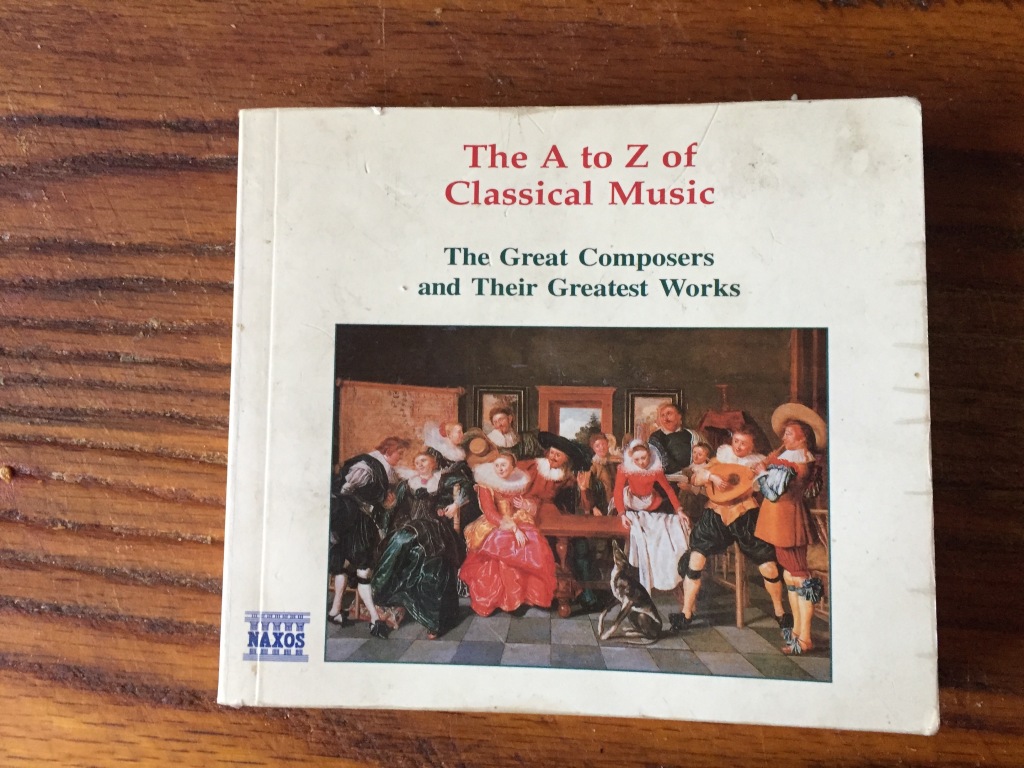 This is a small book, 127 pages including notes, rather less of text. Yet it expresses big thoughts, so I have put the cover image at maximum size. I prefer short and small books. ‘Short’ is obvious and is defined by the number of pages. ‘Small’ is actually rare. I possess only two print books that are true pocket books. That is, they will fit easily into any of my pockets including a shirt pocket. But ‘small’ can also mean a book that is light and easily carried. Charles Taylor expanded this book into his A Secular Age, which is long and large: 851 pages including notes and hardcover.
This is a small book, 127 pages including notes, rather less of text. Yet it expresses big thoughts, so I have put the cover image at maximum size. I prefer short and small books. ‘Short’ is obvious and is defined by the number of pages. ‘Small’ is actually rare. I possess only two print books that are true pocket books. That is, they will fit easily into any of my pockets including a shirt pocket. But ‘small’ can also mean a book that is light and easily carried. Charles Taylor expanded this book into his A Secular Age, which is long and large: 851 pages including notes and hardcover.
I have tried many times to find time to read A Secular Age, but have never managed to get much beyond a grad student read (the introduction, conclusion and skimming chapter headings). The little book pictured above, Varieties of Religion Today: William James Revisited presents his basic thoughts on the situation of religion today which were later expanded fully in the large book. I was able to read this whole book and to think about it, going back over some sections in some cases. Large and long books I have read become mostly reference works for which purpose they need a good index. A Secular Age has a small font 27 page index. Varieties of Religion Today has no index and needs none because it is short. Maybe all large, long academic tomes should have a 100 page summary of the main points, as after all, readers read them to understand, not to memorize all the research and detailed thinking on each point found in the encyclopedic long version.
I read a very long poem the other day – well actually I skimmed parts of it, despite my intention to read the whole 7 page thing. It is a very good poem, but to my mind is actually many poems on a theme strung together. I recall having to read long poems in High School, but even then I much preferred pithy poems. As for myself, I decided years ago to write poems that fit on one page, or screen. I have written a very few two page poems but that’s it. I don’t claim this is better (or worse for that matter), it is how my imagination and mind work.
Short and to the point.
